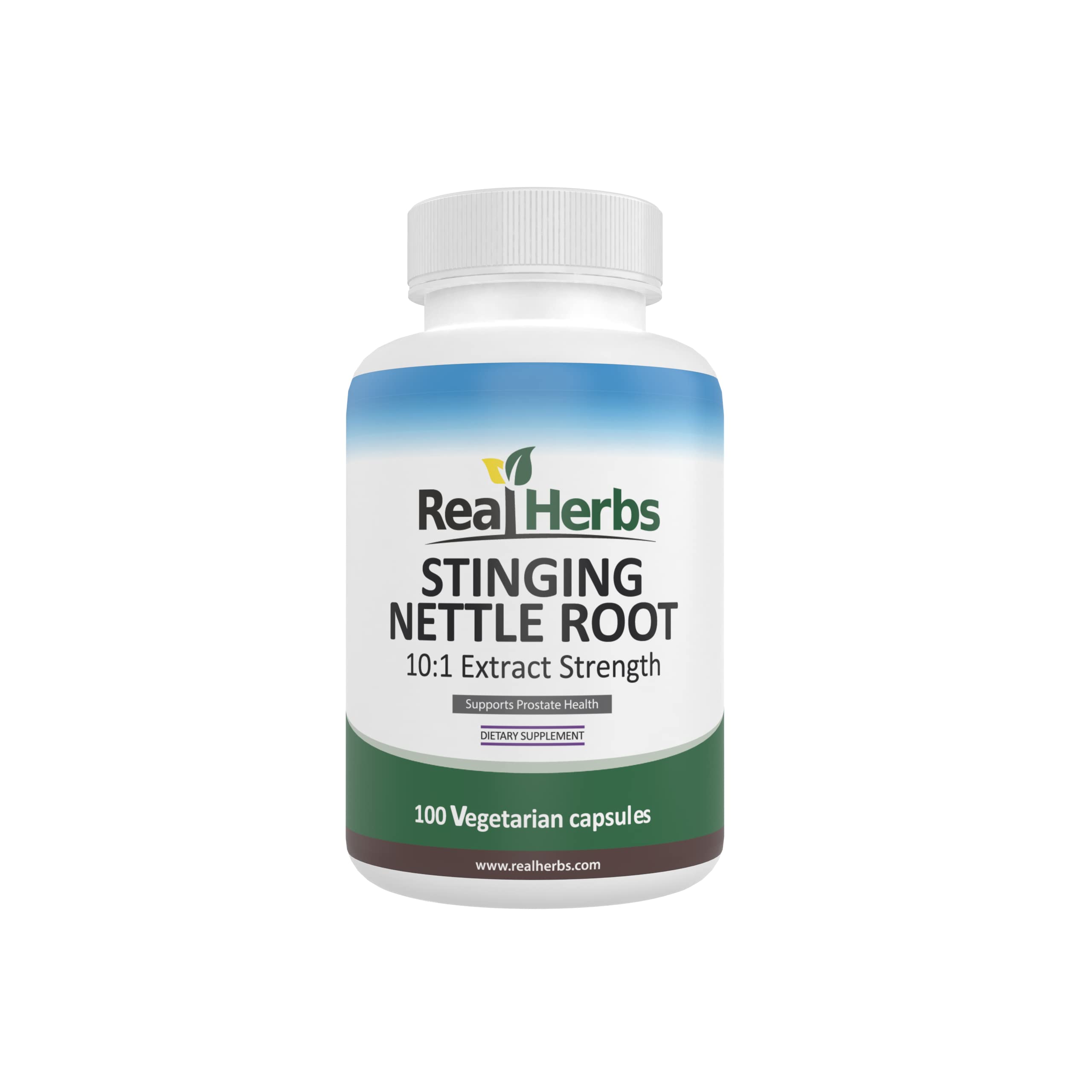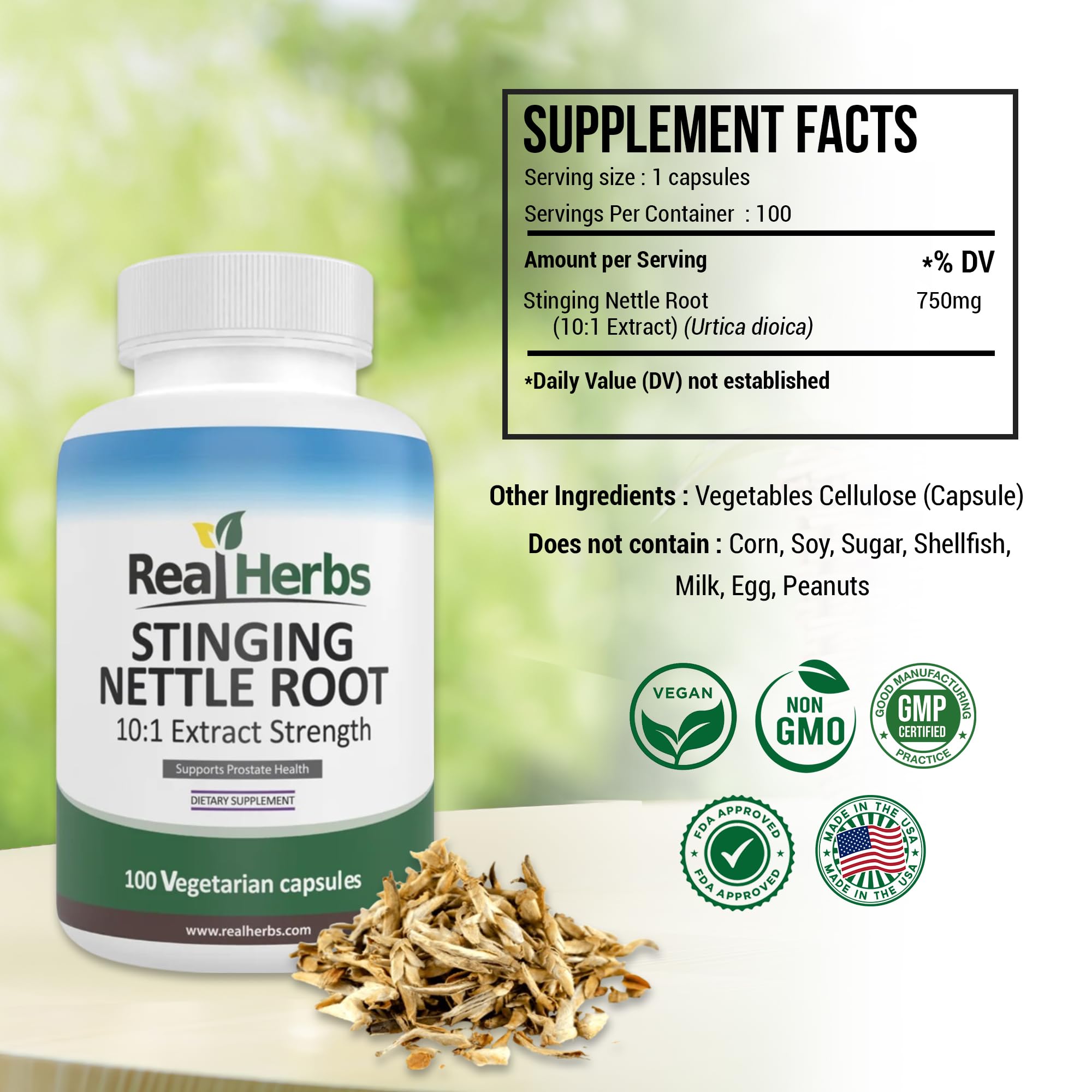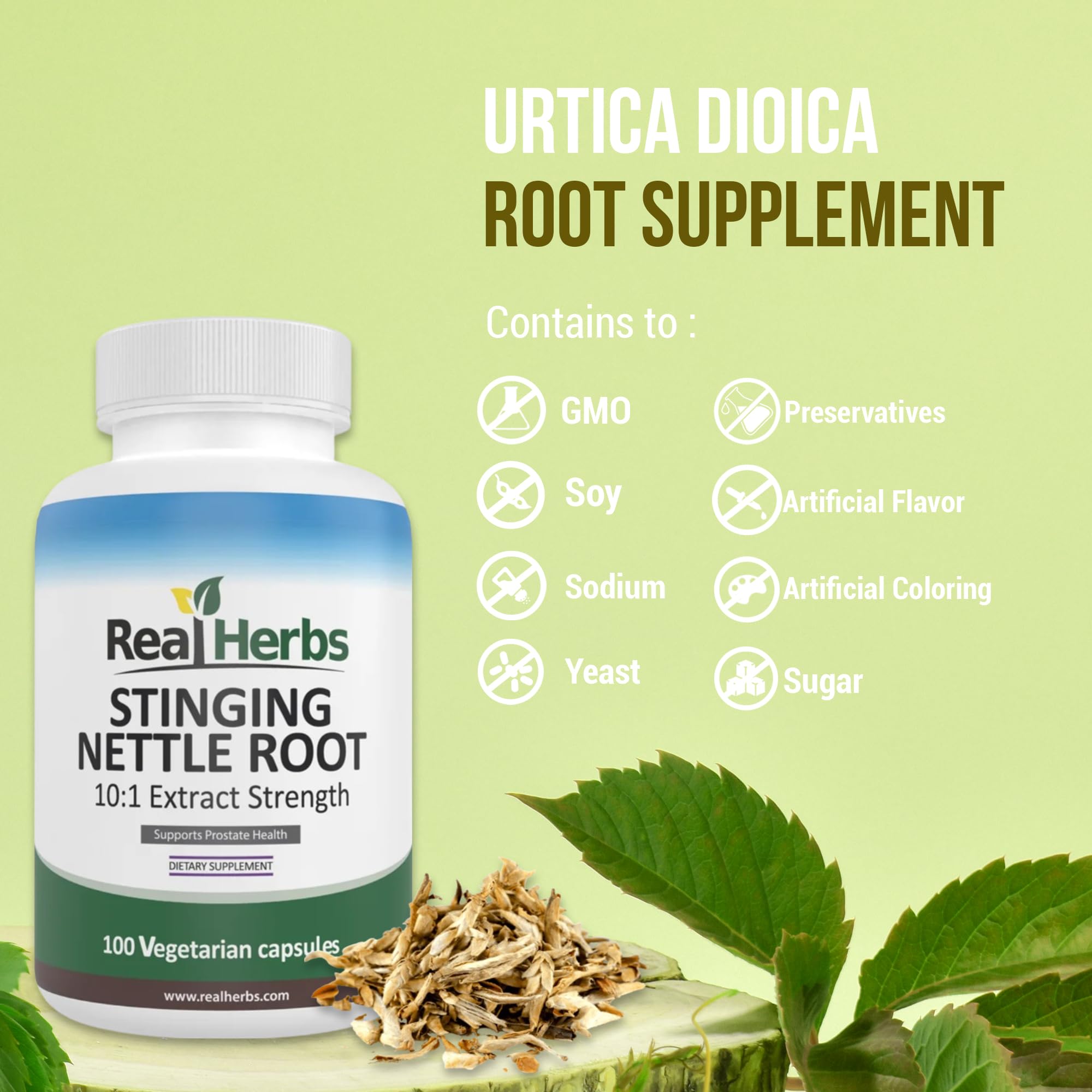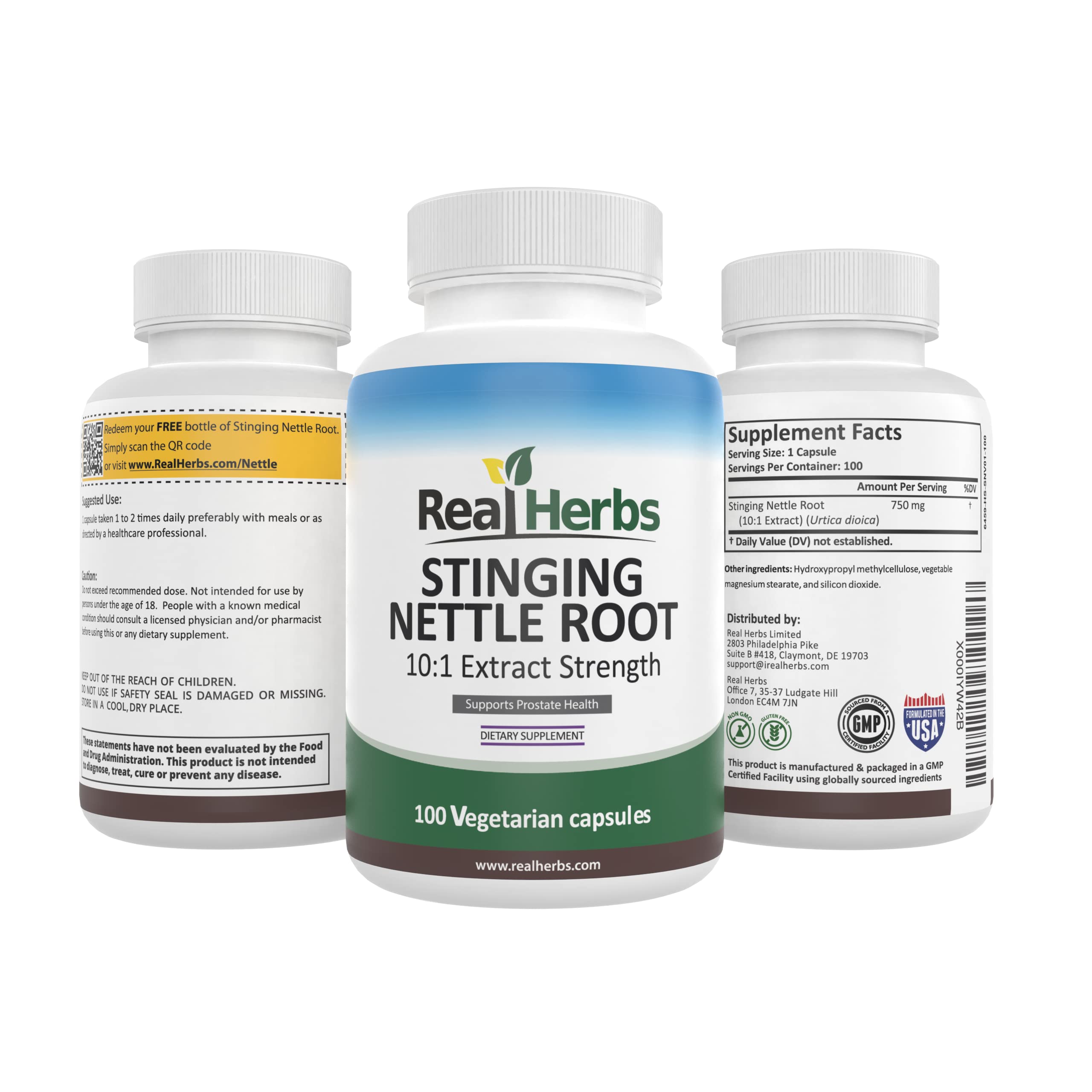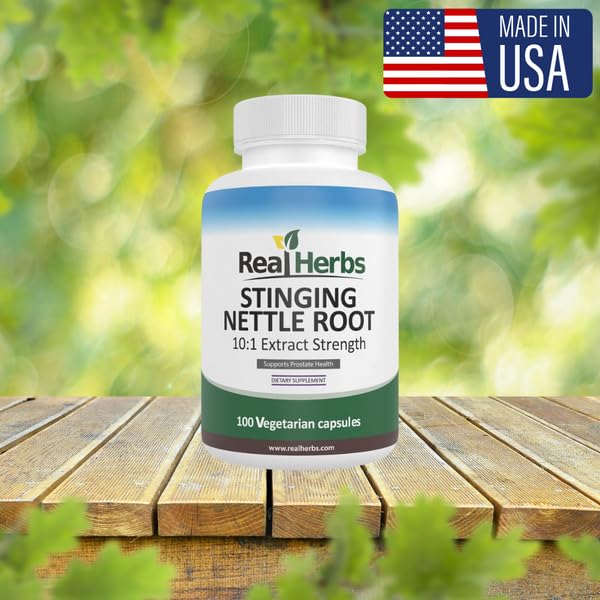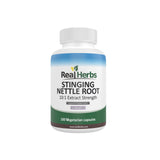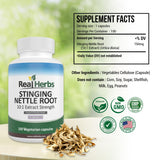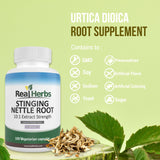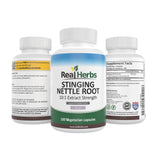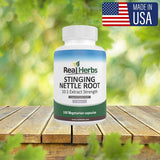How to Cook Stinging Nettle Leaves?
Introduction:
Stinging nettles may look like an unwelcome nuisance in your garden, but did you know that they can be transformed into delicious and nutritious dishes? In this article, we'll explore the world of stinging nettle leaves and show you how to safely harvest, prepare, and cook them. Get ready to discover a new and exciting addition to your culinary repertoire.
What are Stinging Nettles?
Stinging nettles, scientifically known as Urtica dioica, are a common leafy plant found in many parts of the world. They are known for their serrated leaves and tiny, stinging hairs that can cause discomfort when touched. Despite their prickly reputation, stinging nettles have been used for centuries in traditional medicine and cuisine.
Harvesting Stinging Nettles:
Before you start cooking with stinging nettles, it's essential to know how to harvest them properly. Look for young nettles in the spring before they flower. Wear gloves to protect your hands, and use scissors or shears to cut the top few inches of the plant. Avoid disturbing the roots to allow regrowth.
Health Benefits of Stinging Nettles:
Stinging nettles are a nutritional powerhouse. They are rich in vitamins (A, C, and K), minerals (iron, calcium, magnesium), and antioxidants. Some potential health benefits include reducing inflammation, easing allergy symptoms, and supporting urinary tract health.
Preparing Stinging Nettles:
To prepare stinging nettles, start by rinsing them under cold water to remove dirt and insects. The stinging hairs will break down when cooked, so there's no need to remove them at this stage. Here's how to handle them safely:
- Use kitchen gloves when handling fresh nettles.
- Immerse the nettles in boiling water for a minute or blanch them to neutralize the stinging hairs.
- Drain and rinse them again to cool.
Cooking Techniques:
Now, let's explore some cooking methods for stinging nettles:
-
Stinging Nettle Soup: Sauté onions, garlic, and chopped nettles in olive oil. Add broth, potatoes, and seasonings. Simmer until the potatoes are soft, then blend for a creamy soup.
-
Stinging Nettle Pesto: Combine blanched nettles with garlic, pine nuts, Parmesan cheese, olive oil, and lemon juice in a food processor. Blend until smooth and use as a sauce for pasta or as a spread.
-
Stinging Nettle Tea: Steep fresh or dried nettles in hot water for a refreshing and nutritious herbal tea.
Delicious Recipes:
For detailed recipes, check out our article "5 Delicious Stinging Nettle Recipes" [hyperlink].
Safety Considerations:
While stinging nettles are safe to eat when properly prepared, some individuals may experience allergic reactions. If you have known allergies or are pregnant, consult a healthcare professional before consuming stinging nettles. Always wear gloves when handling fresh nettles to avoid skin irritation.
Common Culinary Uses:
Apart from the recipes mentioned, stinging nettles can be used in various dishes such as omelets, quiches, and as a substitute for spinach or other leafy greens in recipes.
Conclusion:
Stinging nettles, with their unique flavor and impressive nutritional profile, are a hidden gem in the world of culinary delights. By following the guidelines in this article, you can confidently incorporate stinging nettle leaves into your cooking repertoire and enjoy their numerous health benefits.

